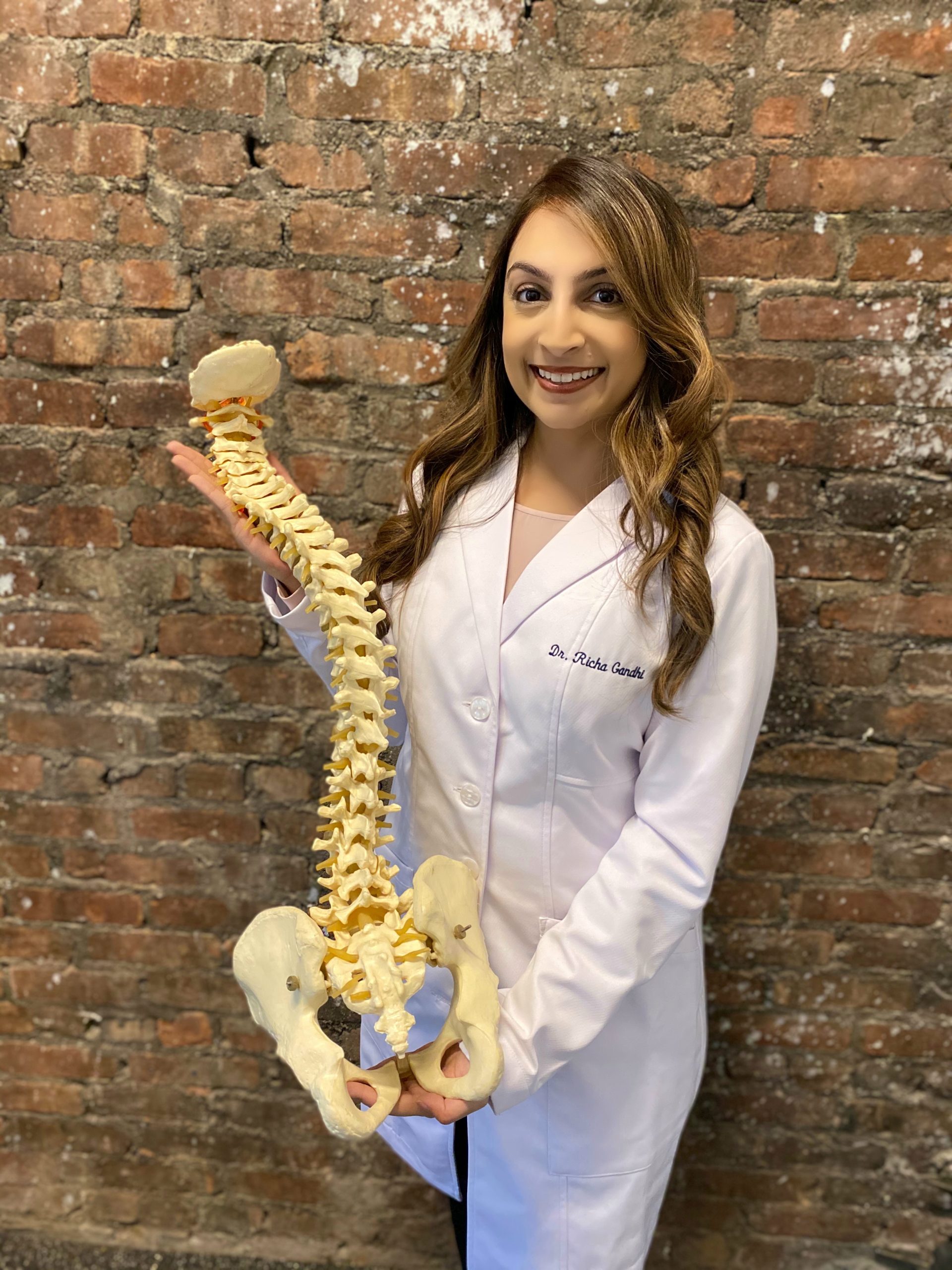March 25, 2020
A Quick Guide to Scoliosis and How to Deal With It
#000000
Scoliosis is characterized as the sideways curvature of a spine that usually occurs during a child’s growth spurt during puberty. Scoliosis can be caused by chronic conditions, such as muscular dystrophy and cerebral palsy, but the common cause of scoliosis remains unknown.
To date, around 3 percent of adolescents are reported to have scoliosis. Most of these cases are mild, but these spine deformities progress to severe conditions as children grow. To help you better deal with scoliosis, here is a quick guide to dealing with scoliosis, as well as a list of things to avoid.
Tips for Dealing with Scoliosis
1 – Early intervention is key
Doctors usually tell people to wait six months to a year if someone is diagnosed with a mild curve, but the best of results can be achieved earlier. Make sure that you get enough nutritional support and good muscle training before the spinal curve reaches 30 degrees.
2 – Use a quality mattress
A mattress specifically made for scoliosis problems doesn’t exist, so finding the best mattress can be a challenge. Doctors usually recommend getting a firm or medium-firm mattress but choose one that fits your body well. Don’t get cushiony mattress pads because those provide little to no support—for maximum comfort, opt for extra pillows instead.
3 – Stretch frequently
The best way to mitigate scoliosis pain and discomfort is by getting frequent stretches. There are also studies that link scoliosis and indigestion, which is why stretching is a good activity to follow. Some of the best stretches include the following activities:
- Hanging from a bar as long as possible
- Bend in the curve’s direction
- Spinal molding: lie on rolled towels, one under your neck and the other under the lower back
4 – Play soccer
If you have mild scoliosis, soccer is a good exercise that doesn’t progress your scoliosis. It’s an aerobic sport that strengthens the core muscles, which is good muscle support for your curve. All positions in the team are good for you except for the goalkeeper. If you’re suffering from moderate to severe scoliosis, however, it’s best to consult your doctor first.
5 – Try clinical and genetic testing
If you’re suffering from scoliosis, it’s likely that you’re also suffering from hormonal, nutritional, and neurotransmitter imbalances. Recent studies suggest that correcting such imbalances helps impede the progression of scoliosis. Moreover, the results of scoliosis-specific training will be enhanced. A balanced neurotransmitter actually helps induce proper alignment and good spine reflex control.
Things that May Trigger Scoliosis Problems
1 – Swimming competitively
Contrary to popular belief, scoliosis and competitive swimming do not go well together. Swimming for hours daily actually causes the thoracic spine to flatten, which then causes the spinal curve to progress even further.
Research data also suggests that the same holds true for competitive ballet dancing and gymnastics. If you have scoliosis, it is best to avoid these environmental drivers of progression to ensure that your spine stays as close to normal as possible.
2 – Sleeping on your stomach
Sleeping can be a pain for people who have scoliosis. Doctors specifically warn against sleeping on your stomach, as this specific position causes the thoracic spine to be flatter. Remember: scoliosis is three-dimensional. If one dimension of your spine worsens, the rest follows.
3 – Running long distances on hard surfaces
If you have scoliosis, long-distance running on roads and sidewalks actually leads to several problems. Each time you take a step, jump, or run, spinal compression occurs. Running over uneven terrain causes you to rotate or bend your back. If these activities are prolonged, you cause your scoliosis to progress further. If it cannot be helped, limit your running to 400 meters, which is usually one lap around the track.
4 – Carrying heavy things
Another activity that worsens scoliosis is carrying heavy things. It adds to the natural pull of gravity, which then compresses your spine even further. An overloaded backpack, for instance, is terrible for your back. Carrying bags over just one shoulder is also unhealthy. With these in mind, people dealing with scoliosis should also avoid any sports activity that involves weightlifting.
The Takeaway
There is no cure for scoliosis yet, and the best way to deal with it is through early diagnosis and treatment, as with lifestyle changes. Arming yourself with the dont’s of scoliosis is also key, as this helps you know which activities should be avoided. It’s also important to regularly visit your doctor to help keep an eye on the progression of your spinal curve.
If you’re suffering from scoliosis pain and discomfort, we have the solution for you. Due to its treatment limitations, many turn to the power of chiropractors for relief. We have dedicated ourselves to improving the health and quality of life in the Scoliosis community, and that certainly includes you. If you’re looking for non-surgical scoliosis care, get in touch with us to book an appointment today!

2 Comments
Hi there, I have scoliosis but do not want suregry. I have constant pain in my chest in the middle of my breast that is going through to my back and most of the times shortness of breath. My docter did not take any x-rays, so I do not know how far my curve is. Should I see an chiropractor of can you help me?
Hi Charne, set up a phone consult on our website to discuss your questions. www.scoliosissystems.com
Leave A Comment